Free Online Books – Machine Learning with Python
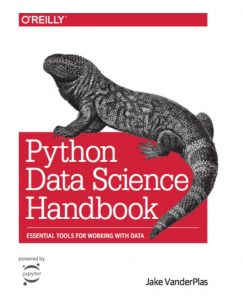
This post lists down free online books for machine learning with Python. These books covers topiccs related to machine learning, deep learning, and NLP. This post will be updated from time to time as I discover more books. Here are the titles of these books: Python data science handbook Building machine learning systems with Python Deep learning with Python Natural language processing with Python Think Bayes Scikit-learn tutorial – statistical learning for scientific data processing Python Data Science Handbook Covers topics such as some of the following: Introduction to Numpy Data manipulation with Pandas Visualization with Matplotlib Machine learning topics (Linear regression, SVM, random forest, principal component analysis, K-means clustering, Gaussian …
Great Site for Matrix Multiplication Demo
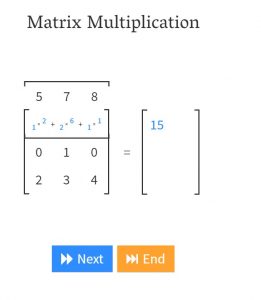
Here is a great website for the matrix multiplication demo. If you are a beginner data scientist, you will love this. http://matrixmultiplication.xyz/ Here is how the website looks like. It has just one page. It actually shows how multiplication happens given the different dimensions of the matrix. Here are few other websites for understanding matrix multiplication concepts: https://www.mathsisfun.com/algebra/matrix-multiplying.html Khan Academy – Matrix multiplication
Different types of Machine Learning Problems
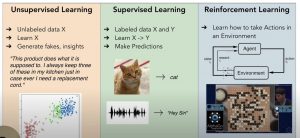
This post describes the most popular types of machine learning problems using multiple different images/pictures. The following represent various different types of machine learning problems: Supervised learning Unsupervised learning Reinforcement learning Transfer learning Imitation learning Meta-learning In this post, the image shows supervised, unsupervised, and reinforcement learning. You may want to check the explanation on this Youtube lecture video. Unsupervised Learning Problems In unsupervised learning problems, the learning algorithm learns about the structure of data from the given data set and generates fakes or insights. In the above diagram, you may see that what is given is the unlabeled dataset X. The unsupervised learning algorithm learns the structure of data …
Top 10+ Youtube AI / Machine Learning Courses

In this post, you get access to top Youtube free AI/machine learning courses. The courses are suitable for data scientists at all levels and cover the following areas of machine learning: Machine learning Deep learning Natural language processing (NLP) Reinforcement learning Here are the details of the free machine learning / deep learning Youtube courses. S.No Title Description Type 1 CS229: Machine Learning (Stanford) Machine learning lectures by Andrew NG; In case you are a beginner, these lectures are highly recommended Machine learning 2 Applied machine learning (Cornell Tech CS 5787) Covers all of the most important ML algorithms and how to apply them in practice. Includes 3 full lectures …
Scikit-learn vs Tensorflow – When to use What?
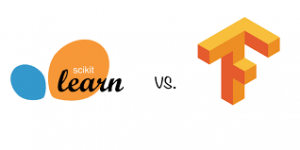
In this post, you will learn about when to use Scikit-learn vs Tensorflow. For data scientists/machine learning enthusiasts, it is very important to understand the difference such that they could use these libraries appropriately while working on different business use cases. When to use Scikit-learn? Scikit-learn is a great entry point for beginners data scientists. It provides an efficient implementation of many machine learning algorithms. In addition, it is very simple and easy to use. You can get started with Scikit-learn in a very easy manner by using Jupyter notebook. Scikit-learn can be used to solve different kinds of machine learning problems including some of the following: Classification (SVM, nearest neighbors, random …
Machine Learning – Training, Validation & Test Data Set
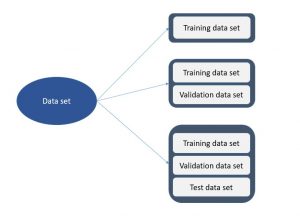
In this post, you will learn about the concepts of training, validation, and test data sets used for training machine learning models. The post is most suitable for data science beginners or those who would like to get clarity and a good understanding of training, validation, and test data sets concepts. The following topics will be covered: Data split – training, validation, and test data set Different model performance based on different data splits Data Splits – Training, Validation & Test Data Sets You can split data into the following different sets and each data split configuration will have machine learning models having different performance: Training data set: When you …
Why use Random Seed in Machine Learning?
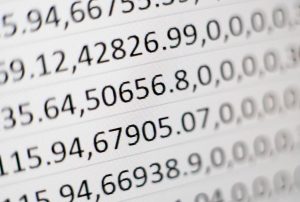
In this post, you will learn about why and when do we use random seed values while training machine learning models. This is a question most likely asked by beginners data scientist/machine learning enthusiasts. We use random seed value while creating training and test data set. The goal is to make sure we get the same training and validation data set while we use different hyperparameters or machine learning algorithms in order to assess the performance of different models. This is where the random seed value comes into the picture. Different Python libraries such as scikit-learn etc have different ways of assigning random seeds. While training machine learning models using Scikit-learn, …
Deep Learning – Top 5 Online Jupyter Notebooks Servers
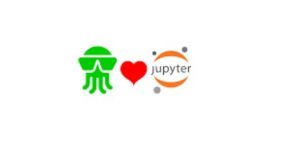
In this post, you will get information regarding the online Jupyter notebooks platform (GPU-based) which you can use to get started with both, machine learning and deep learning. The list consists of both freely available and paid options of online Jupyter notebook available with GPUs. When starting with GPUs, it is recommended to use rented options available online rather than buying your own GPU servers. There are online GPU Linux servers available (free and paid options) that can be used to train deep learning & machine learning models. I will be writing about it in my next post. Here is the list of Jupyter notebook platforms that could be used …
Top Deep Learning Myths You should know
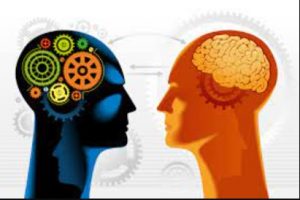
This post highlights the top deep learning myths you should know. This is important to understand in order to leverage deep learning to solve complex AI problems. Many times, beginner to intermediate level machine learning enthusiasts don’t consider deep learning based on the myths discussed in this post. Without further ado, let’s look at the topmost and most common deep learning myths: Good understanding of complex mathematical concepts: Well, that is just a myth. At times, they say that one needs to have a higher degree in Mathematics & statistics. That is not true. With tools and programming languages along with libraries available today, basic mathematical concepts should be able …
First Principles Understanding based on Physics
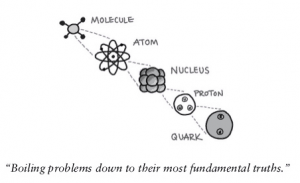
In this post, you will understand the concepts of first principles and first principles thinking based on physics concepts. Let’s jump in right away. In the meanwhile, you could also access one of my other posts on the first principles: First-principles thinking explained with examples. It will help you get started on what are first principles and what is first principle thinking. One of the most fundamental Physics concept to understand the first principle is this: Every physical quantity can be represented as the derived quantity or fundamental quantity. The fundamental quantities, also termed basic quantity, are most basic or fundamental and unique and there are no overlaps between them. …
Precision & Recall Explained using Covid-19 Example
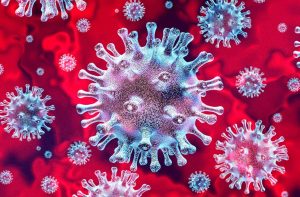
In this post, you will learn about the concepts of precision, recall, and accuracy when dealing with the machine learning classification model. Given that this is Covid-19 age, the idea is to explain these concepts in terms of a machine learning classification model predicting whether the patient is Corona positive or not based on the symptoms and other details. The following model performance concepts will be described with the help of examples. What is the model precision? What is the model recall? What is the model accuracy? What is the model confusion matrix? Which metrics to use – Precision or Recall? Before getting into learning the concepts, let’s look at the data (hypothetical) derived out …
Image Classification & Machine learning
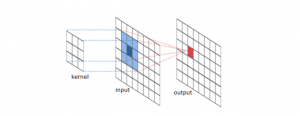
In this post, you will learn about how could image classification problems be solved using machine learning techniques. The following are some of the topics which will be covered: How does the computer learn about an image? How could machine learning be used to classify the images? How does the computer learn about an image? Unlike the human beings, the image has to be converted into numbers for computer to learn about the image. So, the question is how can an image be converted into numbers? The most fundamental element or the smallest building block of an image is a pixel. An image can be represented as a set of …
Actionable Insights Examples – Turning Data into Action
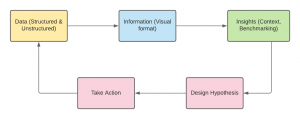
In this post, you will learn about how to turn data into information and then to actionable insights with the help of few examples. It will be helpful for data analysts, data scientists, and business analysts to get a good understanding of what is actionable insight? You will understand aspects related to data-driven decision making. Before getting into the details, let’s understand what is the problem at hand? The school authority is trying to assess and improve the health of students. Here is the question it is dealing with: How could we improve the overall health of the students in the school? We will look into the approach of finding the …
When to use Deep Learning vs Machine Learning Models?
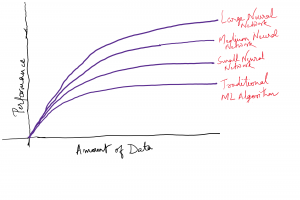
In this post, you will learn about when to go for training deep learning models from the perspective of model performance and volume of data. As a machine learning engineer or data scientist, it always bothers as to can we use deep learning models in place of traditional machine learning models trained using algorithms such as logistic regression, SVM, tree-based algorithms, etc. The objective of this post is to provide you with perspectives on when to go for traditional machine learning models vs deep learning models. The two key criteria based on which one can decide whether to go for deep learning vs traditional machine learning models are the following: …
Most Common Types of Machine Learning Problems
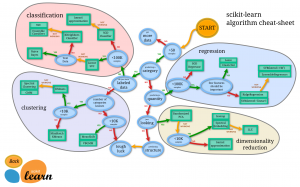
In this post, you will learn about the most common types of machine learning (ML) problems along with a few examples. Without further ado, let’s look at these problem types and understand the details. Regression Classification Clustering Time-series forecasting Anomaly detection Ranking Recommendation Data generation Optimization Problem types Details Algorithms Regression When the need is to predict numerical values, such kinds of problems are called regression problems. For example, house price prediction Linear regression, K-NN, random forest, neural networks Classification When there is a need to classify the data in different classes, it is called a classification problem. If there are two classes, it is called a binary classification problem. …
Historical Dates & Timeline for Deep Learning
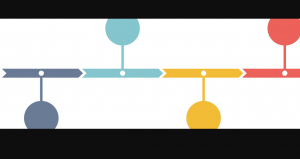
This post is a quick check on the timeline including historical dates in relation to the evolution of deep learning. Without further ado, let’s get to the important dates and what happened on those dates in relation to deep learning: Year Details/Paper Information Who’s who 1943 An artificial neuron was proposed as a computational model of the “nerve net” in the brain. Paper: “A logical calculus of the ideas immanent in nervous activity,” Bulletin of Mathematical Biophysics, volume 5, 1943 Warren McCulloch, Walter Pitts Late 1950s A neural network application by reducing noise in phone lines was developed Paper: Andrew Goldstein, “Bernard Widrow oral history,” IEEE Global History Network, 1997 Bernard …
I found it very helpful. However the differences are not too understandable for me